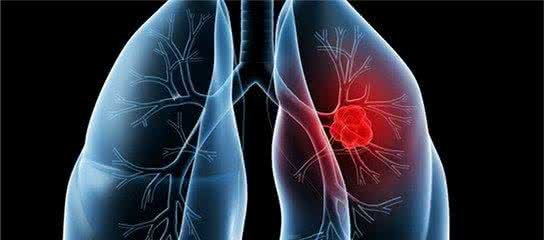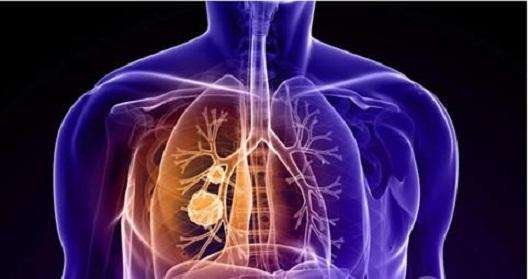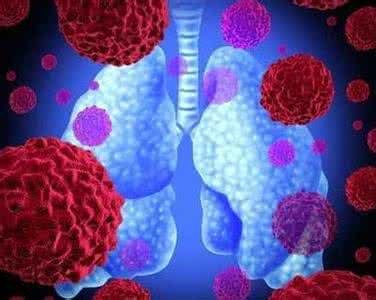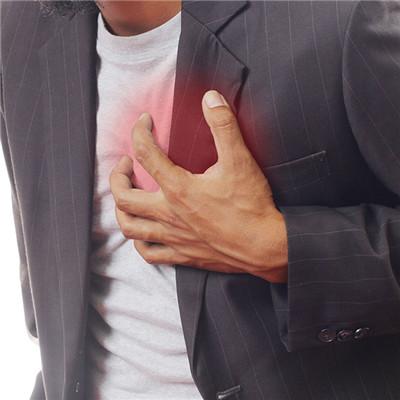Does lung cancer have symptom remission?
summary
Lung cancer is one of the most malignant tumors that incidence rate and mortality rate increase fastest and is the most dangerous to the health and life of the population. Incidence rate and incidence rate of lung cancer have been significantly increased in recent 50 years. Lung cancer incidence and mortality rate is the first place in all cancers, and the incidence rate of female is second, and the mortality rate is second. The etiology of lung cancer is still not completely clear, a large number of data show that long-term heavy smoking is closely related to the occurrence of lung cancer.
Does lung cancer have symptom remission?
Cough is the most common symptom, with cough as the first symptom accounting for 35% - 75%. Cough caused by lung cancer may be related to changes in bronchial mucus secretion, obstructive pneumonia, pleural invasion, atelectasis and other chest complications. When the tumor grows in the bronchial mucosa above the large diameter and sensitive to external stimulation, it can produce cough similar to that caused by foreign body like stimulation. The typical manifestation is paroxysmal irritative dry cough, which is often difficult to control by general antitussive drugs. When the tumor grew in the small bronchial mucosa below the segment, the cough was not obvious, or even no cough. For patients with smoking or chronic bronchitis, such as the degree of cough aggravating, frequency conversion, cough nature changing, such as high pitched metal tone, especially in the elderly, we should pay close attention to the possibility of lung cancer.

Sputum with blood or hemoptysis is also a common symptom of lung cancer, as the first symptom of about 30%. Due to the rich blood supply and brittle texture of tumor tissue, blood vessels rupture during severe cough, which may also be caused by local necrosis of tumor or vasculitis. Hemoptysis of lung cancer is characterized by intermittent or persistent, repeated small amount of blood in sputum, or a small amount of hemoptysis. Occasionally, it is difficult to control massive hemoptysis due to rupture of large blood vessels, formation of large cavities or tumor breaking into bronchi and pulmonary vessels.

20% - 30% of the patients had the first symptom. There are two causes of fever caused by lung cancer. One is inflammatory fever. When the central type of lung cancer grows, it often blocks the opening of the segment or bronchus first, causing the corresponding lobar or segmental obstructive pneumonia or atelectasis, resulting in fever. However, most of the fever is around 38 ℃, rarely more than 39 ℃. Antibiotic treatment may be effective, and the shadow may be absorbed. However, due to poor drainage of secretions, it often occurs repeatedly, About 1 / 3 of the patients may have pneumonia at the same site repeatedly in a short time. Peripheral lung cancer usually has fever due to inflammation caused by tumor compression of adjacent lung tissue in late stage. The second is cancerous fever, which is mainly caused by the absorption of tumor necrosis tissue by the body. This kind of fever and anti-inflammatory drugs are ineffective, and hormone or indole drugs have certain curative effect.

matters needing attention
Lung cancer can be prevented and controlled. Protect the environment and the environment in the west, the incidence rate and mortality rate of lung cancer has decreased significantly in recent years. The prevention of lung cancer can be divided into three levels; Secondary prevention is the screening and early diagnosis of lung cancer; The third level prevention is rehabilitation prevention.














